Anand Kumar, the secretary of India’s Ministry of New and Renewable Energy (MNRE), made a bold statement at the opening ceremony of the Renewable Energy India (REI) expo in Delhi that India can not only meet its ambitious solar targets, but surpass them.
Under the National Solar Mission (NSM), India is aiming towards 100 GW of solar capacity installed by 2022. Currently, the country has around 17 GW of installed capacity according to the latest data from Bridge to India, and is on course to add close to 12 GW over the course of 2017.
Even at this pace, India would struggle to meet its goal, but Kumar was bullish in his address to a packed audience.
“Under Prime Minister Modi, we upscaled our total renewable energy target to 175 GW by 2022,” Kumar said. “This, you will all agree, is fairly ambitious target. With advancements in technology, and with price of solar and wind reducing, we are not only sure but confident that we will achieve the target, and exceed it.”
Kumar added that in recent consultations, the MNRE has begun to take more seriously the potential of India’s offshore wind and hydropower capacities, and he strongly hinted that these technologies will be brought under the renewable energy target. It was not clear whether government would then increases the 175 GW target, or alter the share of technology goals within it.
Currently, solar is tasked with hitting 100 GW, and wind 60 GW, of that target. Either way, Kumar spoke of India’s “silent revolution”, which will see the country rapidly scale up its electricity generation capacity and consumption. “The key challenge is: how should we enable higher energy consumption in India, at a cost people are willing to pay?” he asked, adding: “And not only willing to pay, but able to pay?”
The path of least resistance, Kumar affirmed, is the one with the lowest carbon intensity. “India has limited fossil fuels. We depend on imports for petroleum. If we have to support and meet the demand of 1.25 billion people, then renewables are the only way.”
Building it up
The secretary repeatedly stressed that India will require support from stakeholders in the renewable energy sector – from both at home and abroad. He reminded the audience of the policies already in place to support clean energy – must-run, Renewable Purchase Obligations (RPOs) for states, and free interstate transmission of clean power.
He revealed that the MNRE is contemplating a policy of renewable generation obligations (RGOs), which would compel entities to generate a certain portion of their power from renewables.
Kumar also turned his attentions to manufacturing, particularly solar manufacturing where, he said, India’s capabilities are “modest” at best. “When we talk about manufacturing, we must not talk about obsolete technology,” Kumar said. “We must focus on the latest solar technology.”
To achieve the MNRE’s stated aims, greater efforts must also be steered towardsstorage technologies – which hold the key to India’s renewable-led future, Kumar concluded. “We should set up manufacturing bases for batteries in India. Once we overcome the obstacle of storage, then the ideal of 24-hour free energy for the people can be realized.”
This content is protected by copyright and may not be reused. If you want to cooperate with us and would like to reuse some of our content, please contact: editors@pv-magazine.com.
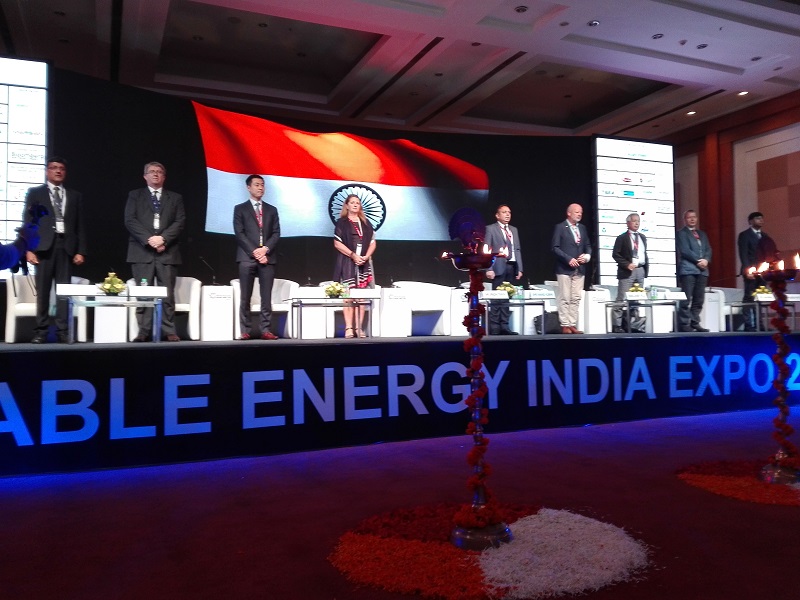
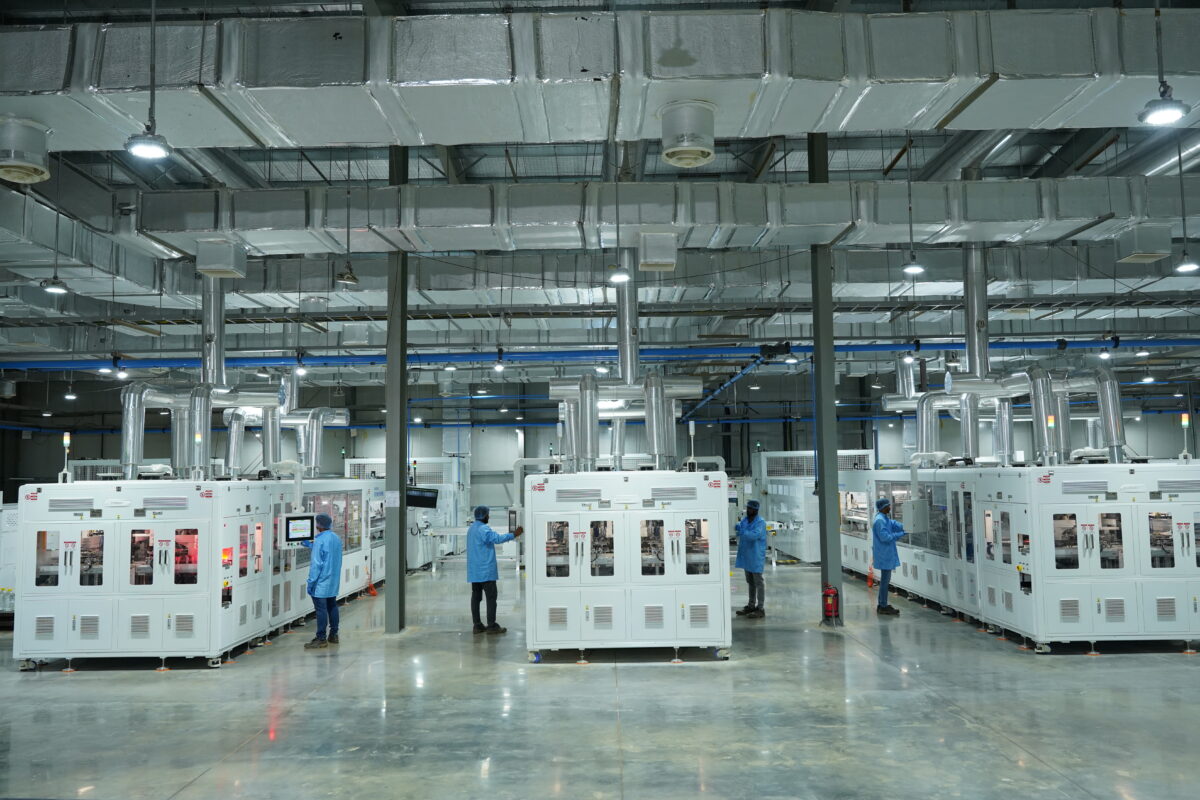

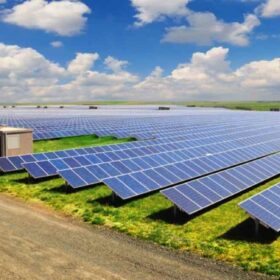


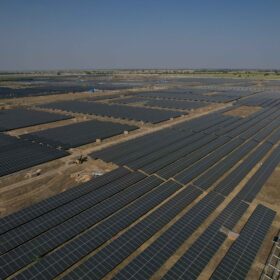
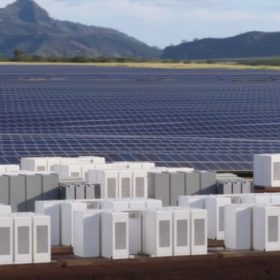
By submitting this form you agree to pv magazine using your data for the purposes of publishing your comment.
Your personal data will only be disclosed or otherwise transmitted to third parties for the purposes of spam filtering or if this is necessary for technical maintenance of the website. Any other transfer to third parties will not take place unless this is justified on the basis of applicable data protection regulations or if pv magazine is legally obliged to do so.
You may revoke this consent at any time with effect for the future, in which case your personal data will be deleted immediately. Otherwise, your data will be deleted if pv magazine has processed your request or the purpose of data storage is fulfilled.
Further information on data privacy can be found in our Data Protection Policy.